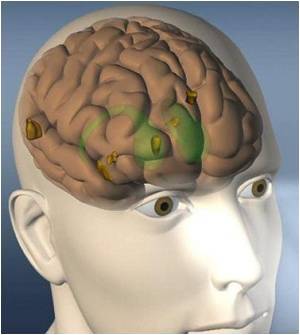The speed at which our brain's structure changes has a greater impact on our tolerance of risk than chronological age.

‘Our attitudes to take risks is better explained by changes in grey matter volume in an area in the brain's right posterior parietal cortex, rather than by age itself.’





Published in Nature Communications this week, Dr. Tymula and
her co-authors from New York University, Yale University, University
College London and Trinity College show risk aversion is better
explained by changes in grey matter volume in an area in the brain's
right posterior parietal cortex, rather than by age itself.
"We know that as people age, they tend to become more averse to taking risks," said Dr. Tymula. "Yet, it seems there is something to the saying that everybody ages at a different pace. Our research suggests the speed at which our brain's structure changes has a greater impact on our tolerance of risk than chronological age."
In an experiment, the researchers asked more than 50 adults aged 18 to 88 to make choices between a guaranteed gain of $5 or ambiguous and risky lotteries with a payout of up to $120. Older participants preferred the guaranteed option, compared to younger participants.
Surprisingly, when researchers put these data into a model to determine what best predicted this change in preference, they found it was primarily driven by the neuronal density - the thickness and thinness of grey matter - in this brain region, rather than by age.
The results are published in the high-impact journal, Nature Communications.
Advertisement
"When we choose our life partners, make a bet with a colleague, invest in a stock or vote in presidential elections, we cannot predict with certainty how these decisions will affect us and others. Understanding the brain's structure can help us predict how our own and others' decisions will change as our brain ages."
Advertisement









